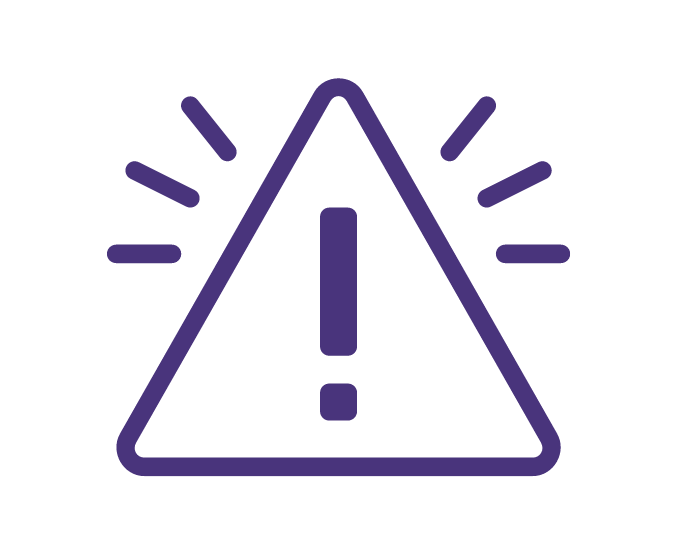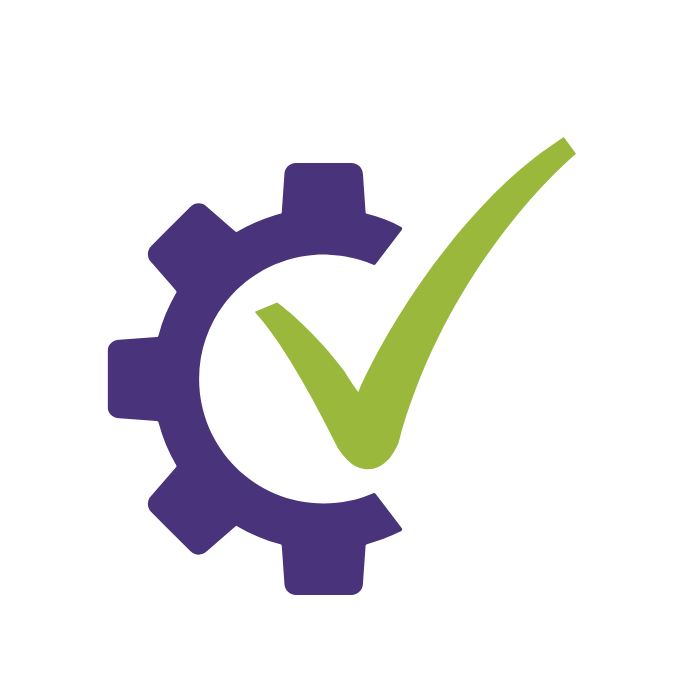

JavaScript has many use cases. For one, developers can use it to create interactive and dynamic web content like video games, animations, and apps. They can also use it in browsers and backends.
Because JavaScript is everywhere, developers must secure it to reduce the attack surface. Otherwise, threat actors will exploit vulnerability gaps in JavaScript projects to access and tamper with sensitive information.
Read on to learn about the risks of using JavaScript and the best practices for securely developing JavaScript projects. We’ll also cover how Kiuwan security tools can keep JavaScript projects safe.
JavaScript is one of the most vulnerable coding languages. The most common risks associated with JavaScript development include:

JavaScript libraries and public packages are often riddled with source code vulnerabilities — flaws or weaknesses that can lead to the compromise of the JavaScript software’s security. Malicious actors can exploit these security gaps to access, leak, and tamper with sensitive business and personal data.
Cross-site scripting (XSS) attacks involve threat actors injecting dangerous scripts into otherwise trusted and benign sites. XSS attacks can happen when an attacker tricks a web app into permitting data from untrusted sources, such as data passed to an application programming interface (API) endpoint through client software.
Because XSS allows untrusted users to execute code in trusted users’ browsers, XSS software security gaps can empower attackers to harvest user data and take control of applications and sites.
Lastly, threat actors can use cross-site request forgeries (CSRFs) to encourage users to perform unintended actions. They accomplish this by tricking web browsers into executing malicious requests on sites that the user is already logged into.
Cybercriminals can also use forums, social media, and their own websites to post malicious links and other content that forces browsers to make unnoticed calls to other websites. For instance, they can embed malicious links in a legitimate-looking online banking page. If the victim clicks the link, the CSRF will transfer money to the threat actor’s account.
Because JavaScript development comes with many security risks, JavaScript developers must use JavaScript safely. Here are some common safety practices for developing secure JavaScript projects:
Third-party libraries and resources provide many advantages, such as the ability to build software and websites more effectively and efficiently. Unfortunately, they are also risky to use. As previously mentioned, they are often riddled with source code vulnerabilities. For instance, a threat actor could inject malicious code into a resource that can lead to a data leak or hack when downloaded.

Accordingly, developers who use third-party JavaScript resources should perform regular integrity checks. They can do this by:
Also stylized as npm, NPM is a JavaScript package manager maintained by npm Inc. It consists of:
Developers can use the npm audit command in NPM to spot vulnerabilities for all installed dependencies. They should automate this command for every pull request to protect systems and data from exploitation. Otherwise, vulnerabilities will start stacking up, making it difficult for developers to address them.
URL validation bolsters security against possible exploits and prevents bugs from arising while running code. It ensures that all URL components — such as the hostname, origin, domain name, and protocol — meet internet standards, such as security protocols.
Developers should implement URL validation in every software or application that identifies and verifies resources like images, pages, videos, and gifs. They can also use the following methods to validate URLs:
Finally, developers can secure JavaScript projects by using independent components to create apps instead of building monolithic apps. This makes development faster, more scalable, and more consistent.
There are many tools for building apps with independent components. Many of these tools empower developers to:
JavaScript vulnerabilities are incredibly widespread. As such, JavaScript apps and sites can easily lead to severe data security issues if developers don’t do their due diligence.
One of the best ways to protect JavaScript projects is by using reliable security tools like Kiuwan. A powerful end-to-end application DevSecOps security platform, Kiuwan is designed to empower software teams throughout the development process. It boasts the following:

Interested in learning more about how Kiuwan can help teams? Click the link below!


